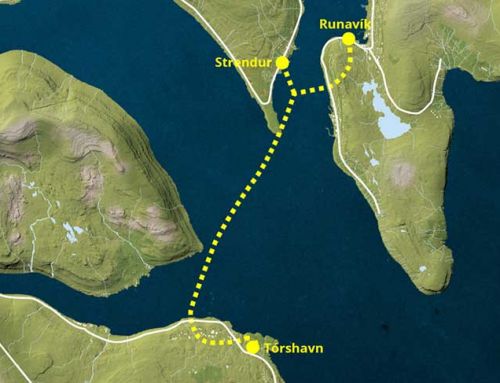Often in contemporary architecture, façades do not limit themselves to their role as building enclosures, but proclaim the character of the building to the public. In this way, façades often become artistic expressions that seek to arouse the curiosity and admiration of those who observe them. But how can this objective be achieved and how can such a static architectural element be given life and dynamism?

Louis Vuitton | Ginza Namiki
In architecture, we have technology-based solutions; the use of mobile, mechanical or artificial lighting elements give the façade a changing character. However, we also have the possibility of taking advantage of changes in natural light throughout the day and from one season to the next to give the façades dynamism. Certain materials that are sensitive to these changes in light are useful for this purpose.
One such material is metallised-surface coated panels. Their reflective surfaces return dynamic colours as the light changes. Some panels are specially treated with specific coatings incorporating different metallic pigments, which enhance this effect and make the colour much more variable and eye-catching.

M·CUBE | MVRDV
Another material for façade cladding is special ceramic panels, which give them a pearlescent appearance. These ceramic panels are obtained by applying different coating layers and then firing them successively at different temperatures.
These dynamic effects have also been achieved in curtain wall façades. These reproduce the reflections that can be seen on the surface of the water. Therefore, the observer receives different colours from the outside of the building with the varying incidence of light on it. The effect is achieved by means of a double façade of curved glass and dichroic film coatings.

Louis Vuitton | Ginza Namiki
Examples of architectural projects with this type of façade, as you can see in the images, can be found in the L’Elite dell’Arrendamento office in Meolo, Venice, Italy; in the M-CUBE Shopping Mall in Chongwenmen, Beijing, China; or in the Louis Vuitton shop in Ginza, Tokyo, Japan.
By Tianshu Liu, Senior Architect in Amusement Logic’s Architectural Department
RELATED STORIES
Newsletter



